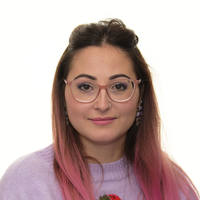
Spatial Genomics Platform
Spatial Technologies
RNAscope is a well established spatial technique used to validate single cell data. It offers a unique opportunity to visualise the exact spatial location of genes and proteins of interest on a piece of histological prepared tissue. RNAscope has a unique z probe design, which enables high specificity and sensitivity of RNA and protein markers within all tissue types. These markers are visualised using fluorescent probes and can be quantified at a single molecule resolution. This technique can be used on formalin fixed paraffin embedded (FFPE), fixed frozen and fresh frozen tissues and is suitable for foetal, paediatric and adult tissues. The versatility of RNAscope makes it the ideal discovery tool for researchers and clinicians alike, and has contributed to over 2,200 publications so far. At the Sanger Institute RNAscope data has unveiled novel information about human development and characterised hundreds of diseased and healthy tissues.
One of the newest techniques that we offer is Visium or Spatial Transcriptomics. Released at the end of 2019 it became an established feature in our team in 2020. It is a ground-breaking technology that allows us to measure all gene activity in a tissue sample, and map where this activity is happening. Knowing the location of active genes within the sample provides invaluable insights for research and diagnostics. The data generated by Visium allows scientists to choose any gene of interest and display its spatially resolved expression on the original tissue section. At the moment, this is available only for frozen sections, but new protocols for fixed samples are being developed. We offer all sample preparation work for Visium, and we process both Tissue Optimisation and Library Preparation slides. After this, the sample is transferred to the other teams at Sanger, with whom we cooperate with closely regarding Library Preparation and Visualisation of the data on Visium Software.
Sanger people

Dr Katy Tudor
Senior Research Assistant
Previous Sanger people

Ilaria Mulas
Advanced Research Assistant